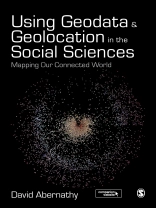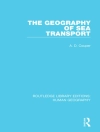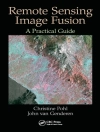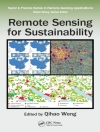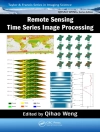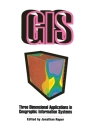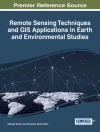‘Abernathy provides a truly accessible and interdisciplinary introduction to geodata and geolocation covering both the conceptual and the practical. It is a must read for students or researchers looking to make the most of the spatial elements of their data’ — Luke Sloan, Senior Lecturer in Quantitative Methods, Cardiff University
Using Geodata and Geolocation in the Social Sciences: Mapping our Connected World provides an engaging and accessible introduction to the Geoweb with clear, step-by-step guides for:
- Capturing Geodata from sources including GPS, sensor networks and Twitter
- Visualizing Geodata using programmes including QGIS, GRASS and R
Featuring colour images, practical exercises walking you through using data sources, and a companion website packed with resources, this book is the perfect guide for students and teachers looking to incorporate location-based data into their social science research.
Содержание
Introduction: The Power of Where
A Brief History of the Geoweb
“Big Geodata”: Managing Spatial Data in a Connected Age
Citizen Cartographers: Neogeography, VGI and the Democratization of Data Production
Challenges of the Geoweb: Data Accuracy, Privacy, and Surveillance
Introduction to Geodata: Types of Geodata; [see p. 9] How do we Identify and Gather Location-Based Data?
Capturing Absolute Location with the Global Positioning System
Geocoding, Geotagging & Geoparsing
Social Media Geodata: Capturing Location-Based Twitter Data
Mapping the Emerging Internet of Things
Visualizing Data in Geographic Information Systems with QGIS
Working with Geodata in GRASS
Working with Geodata in R
Web Mapping
Epilogue: Weaving the Geoweb
